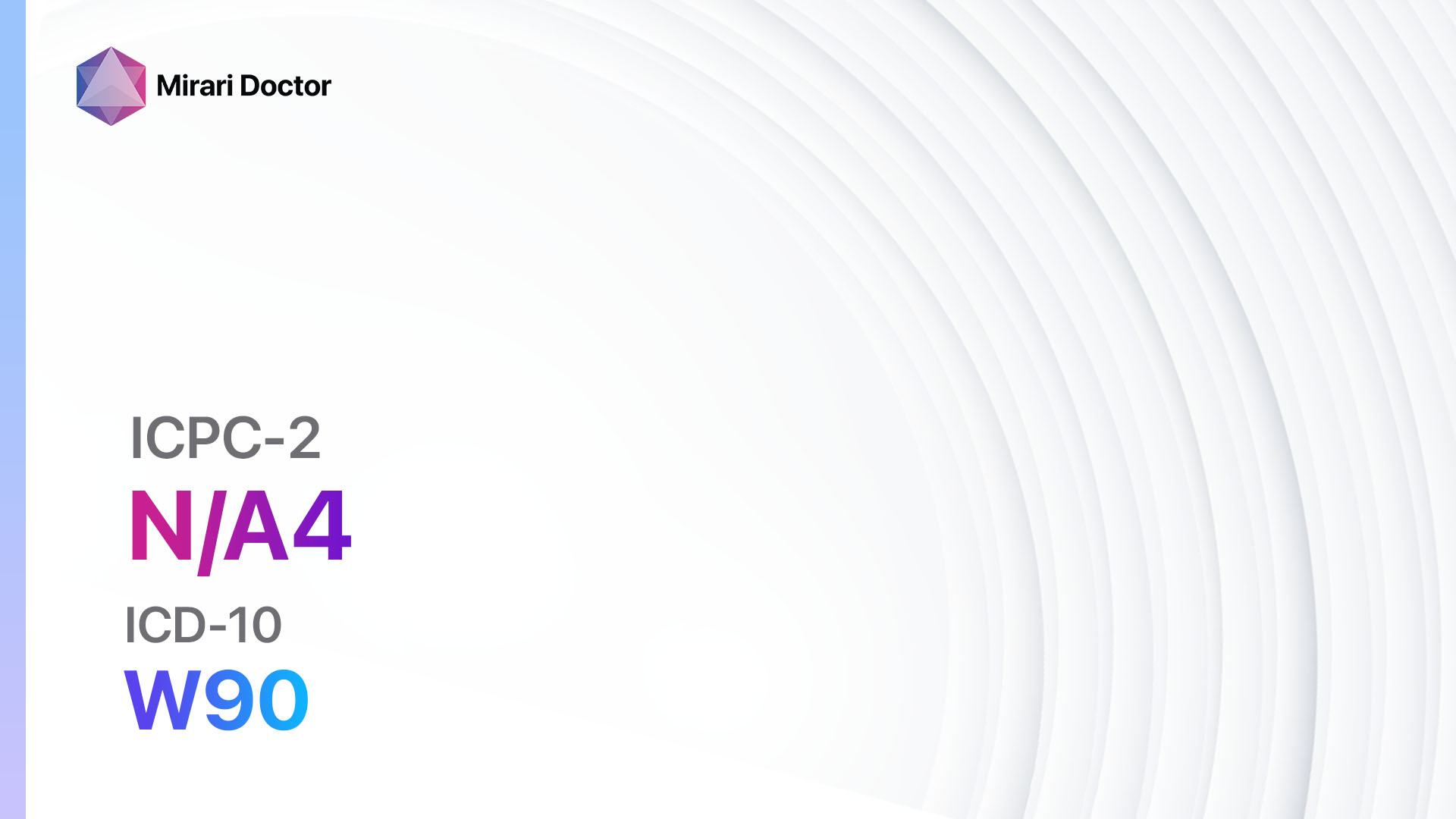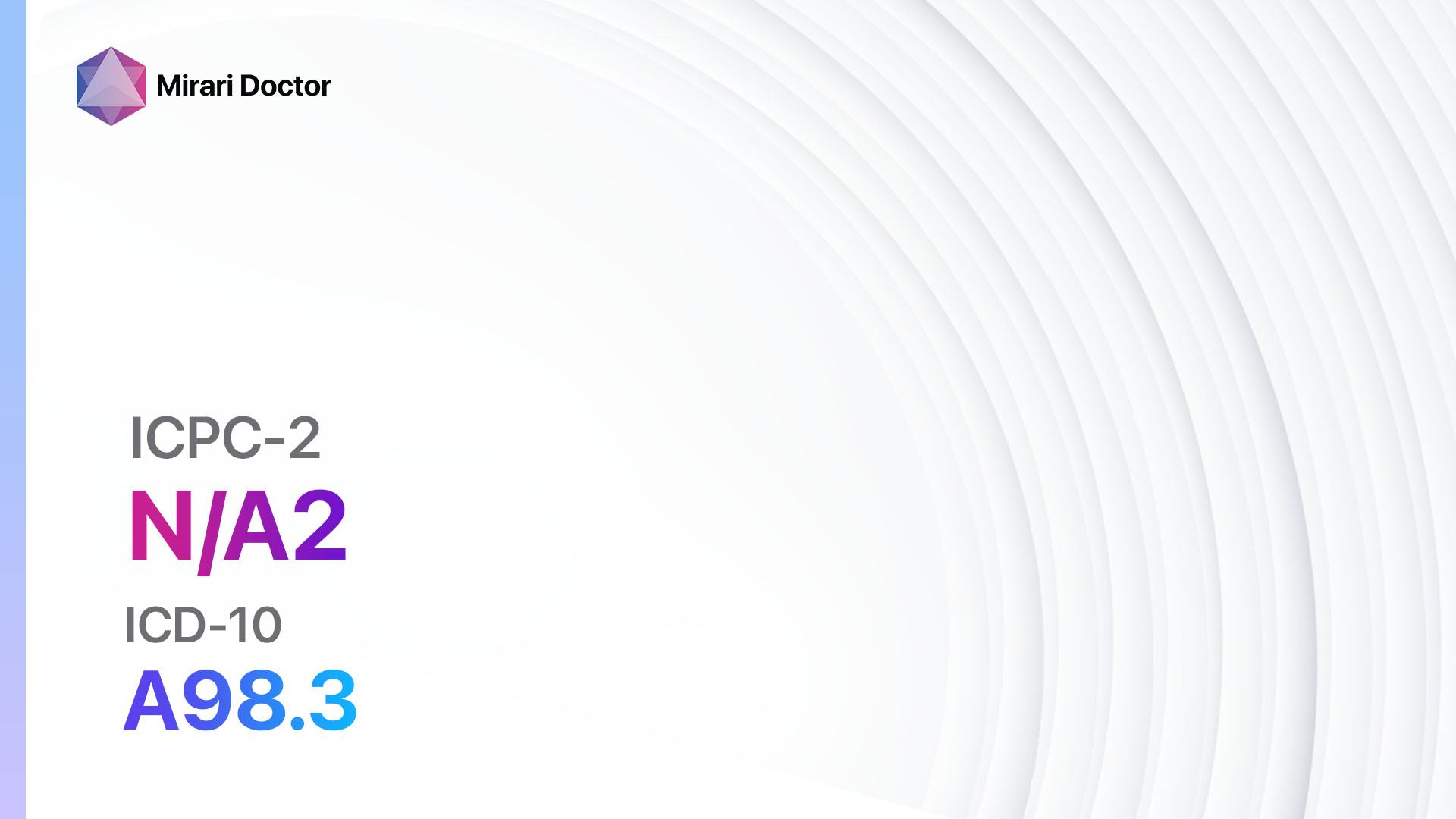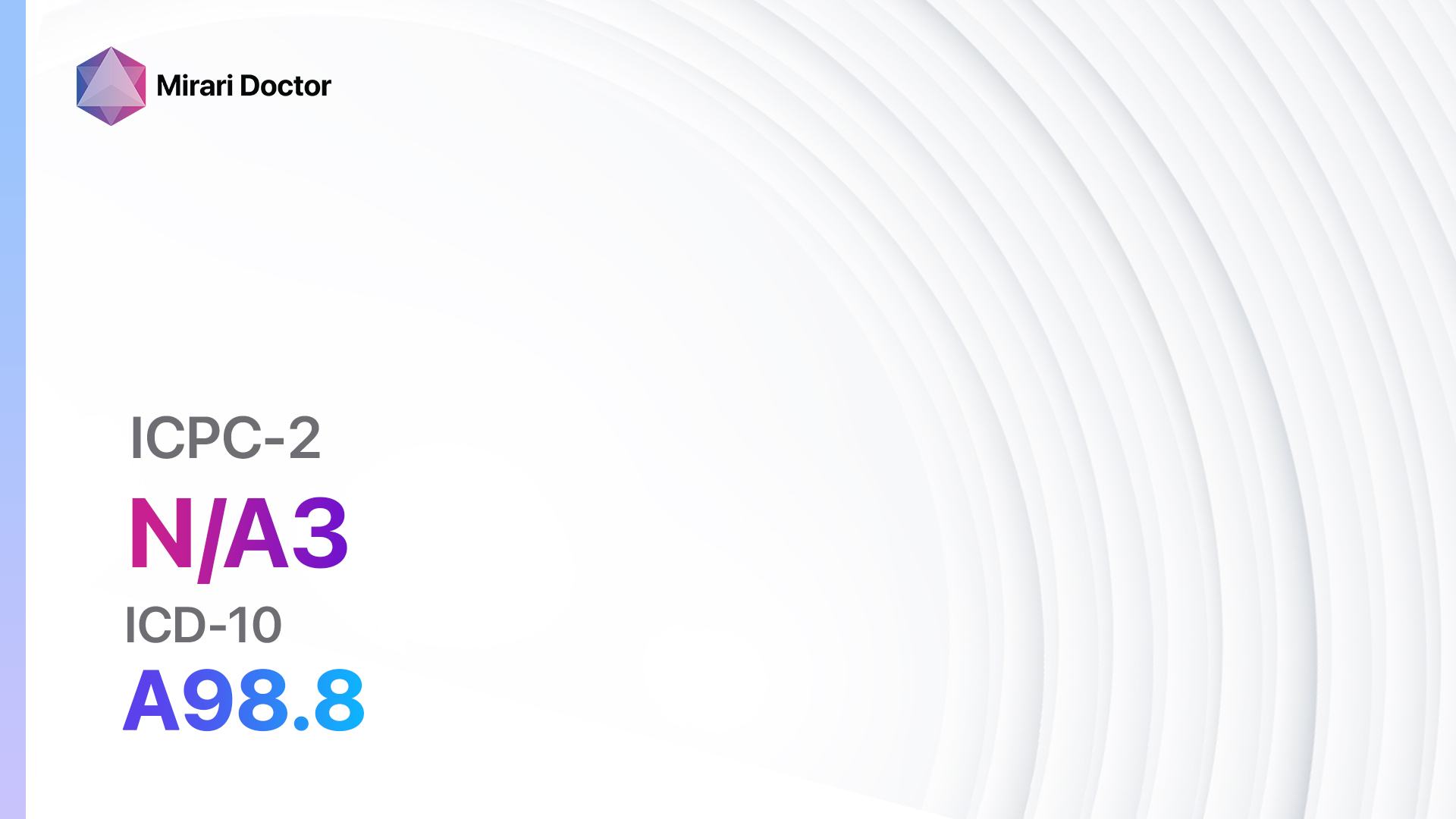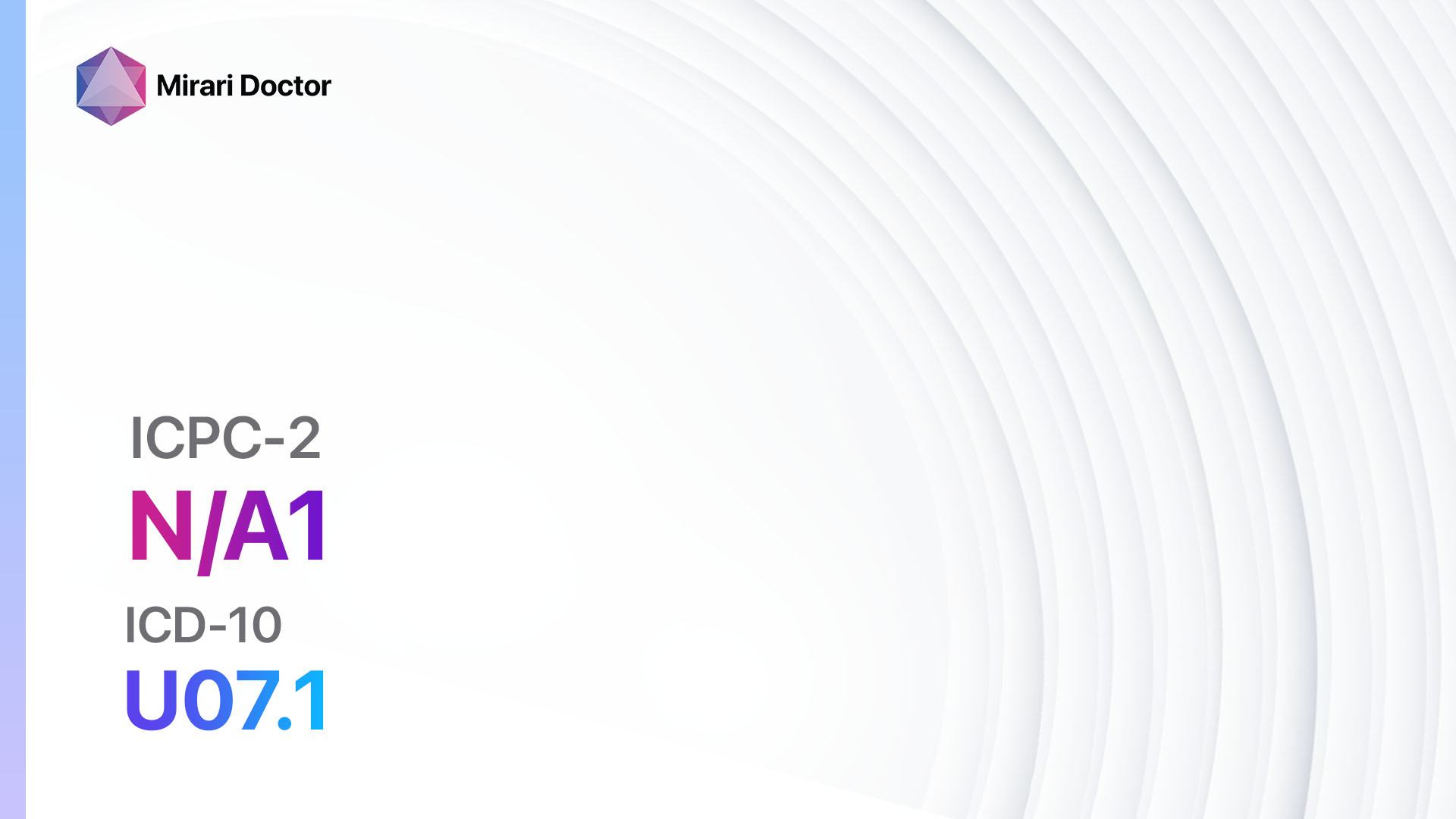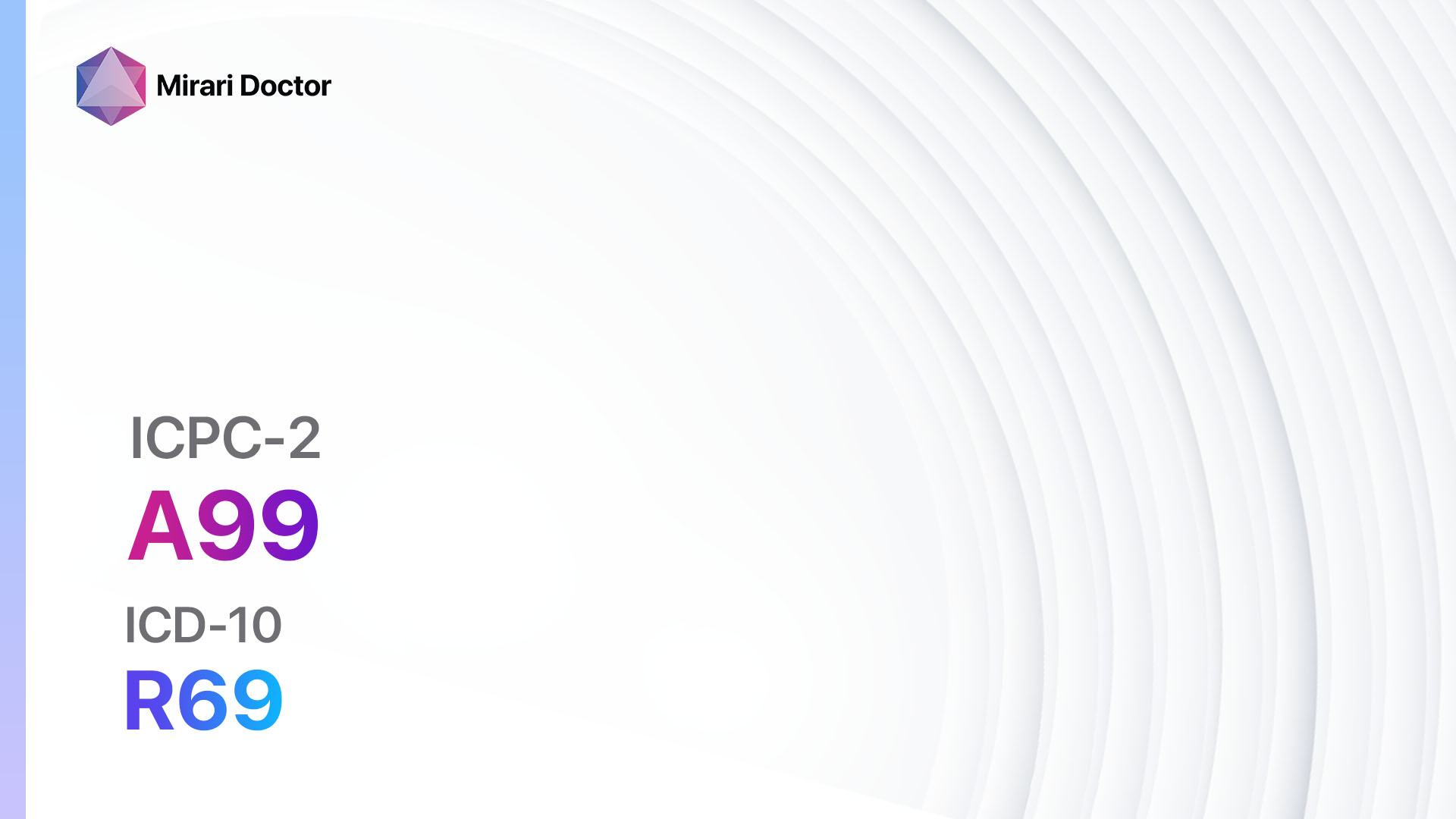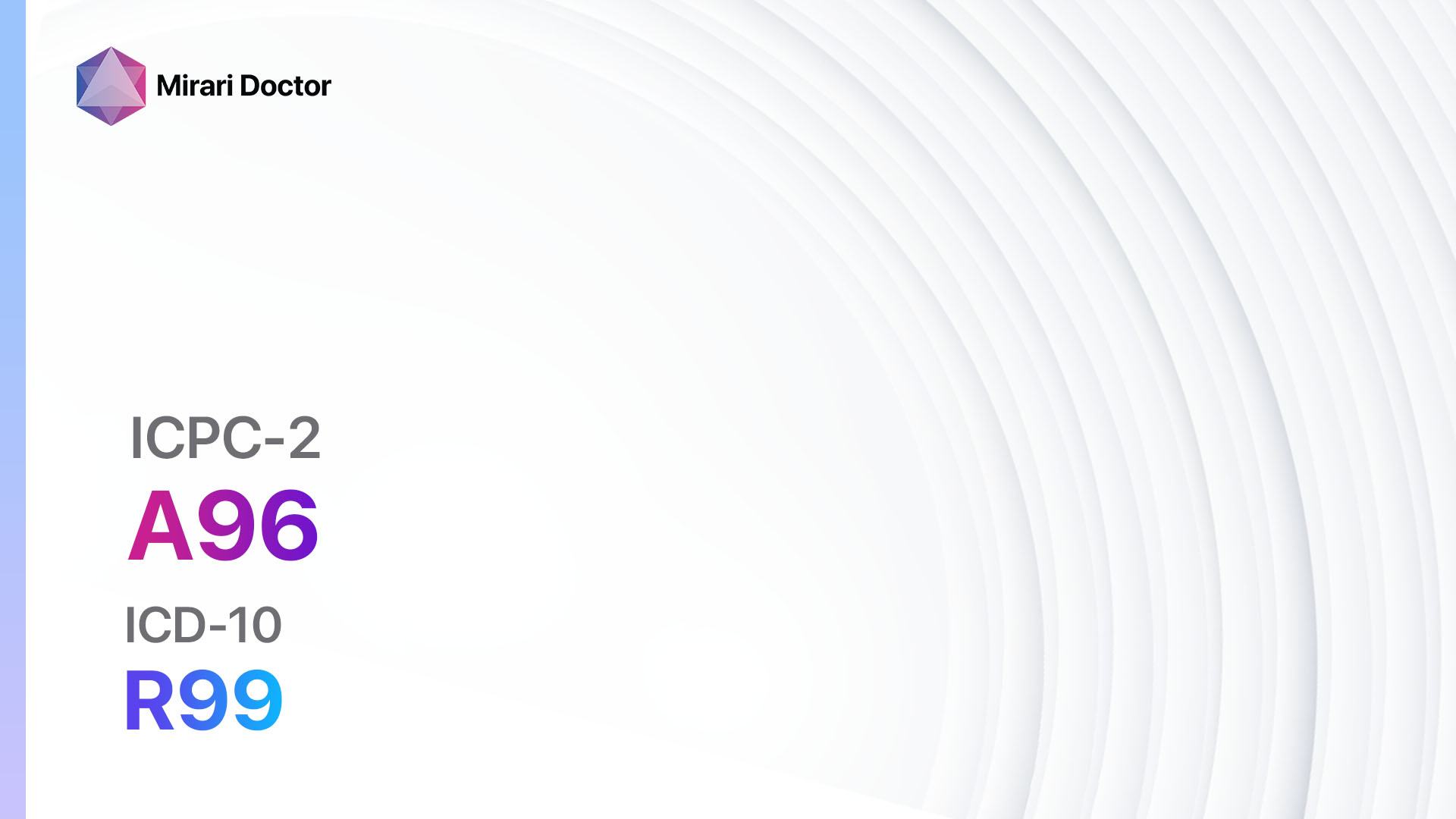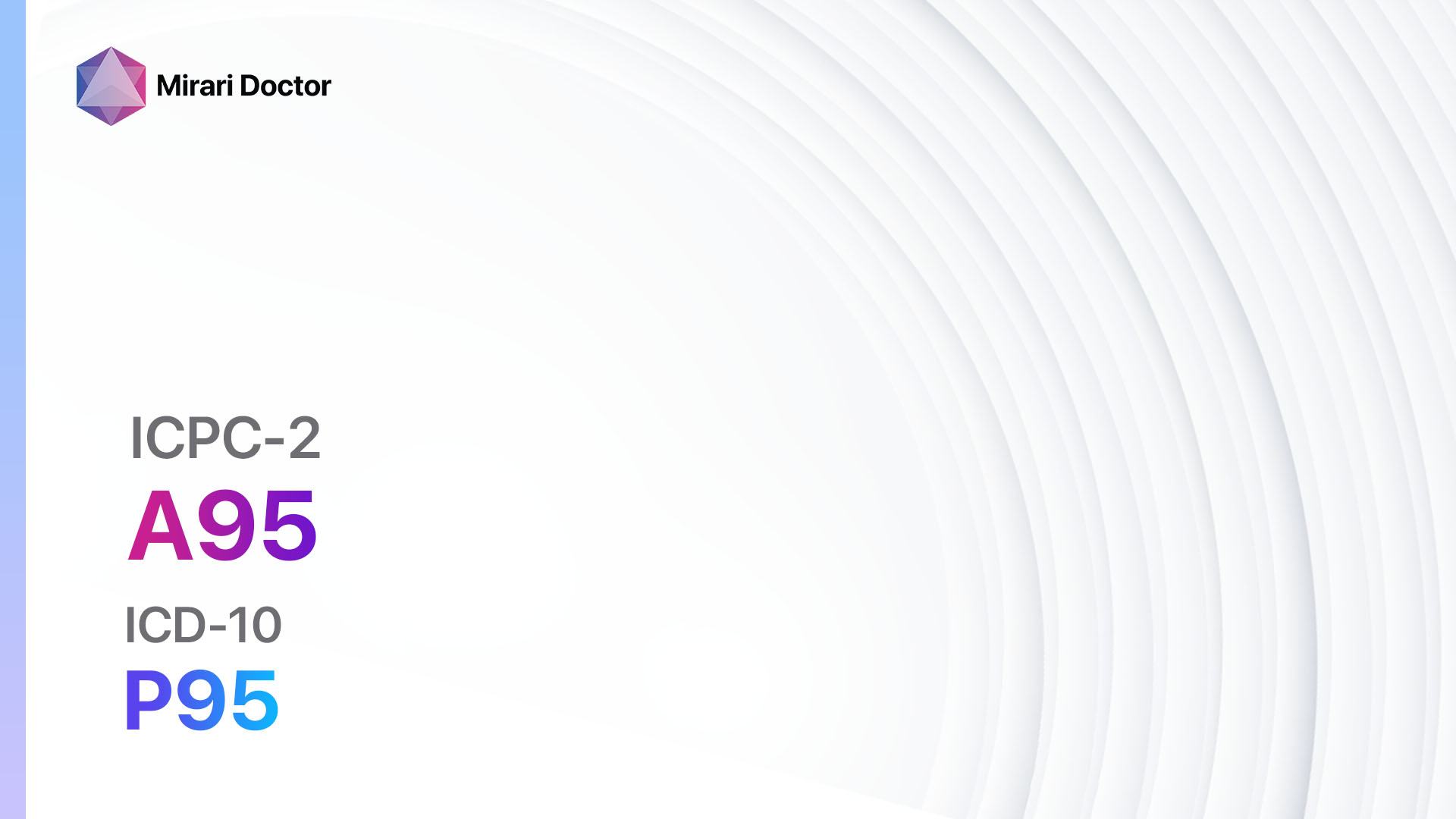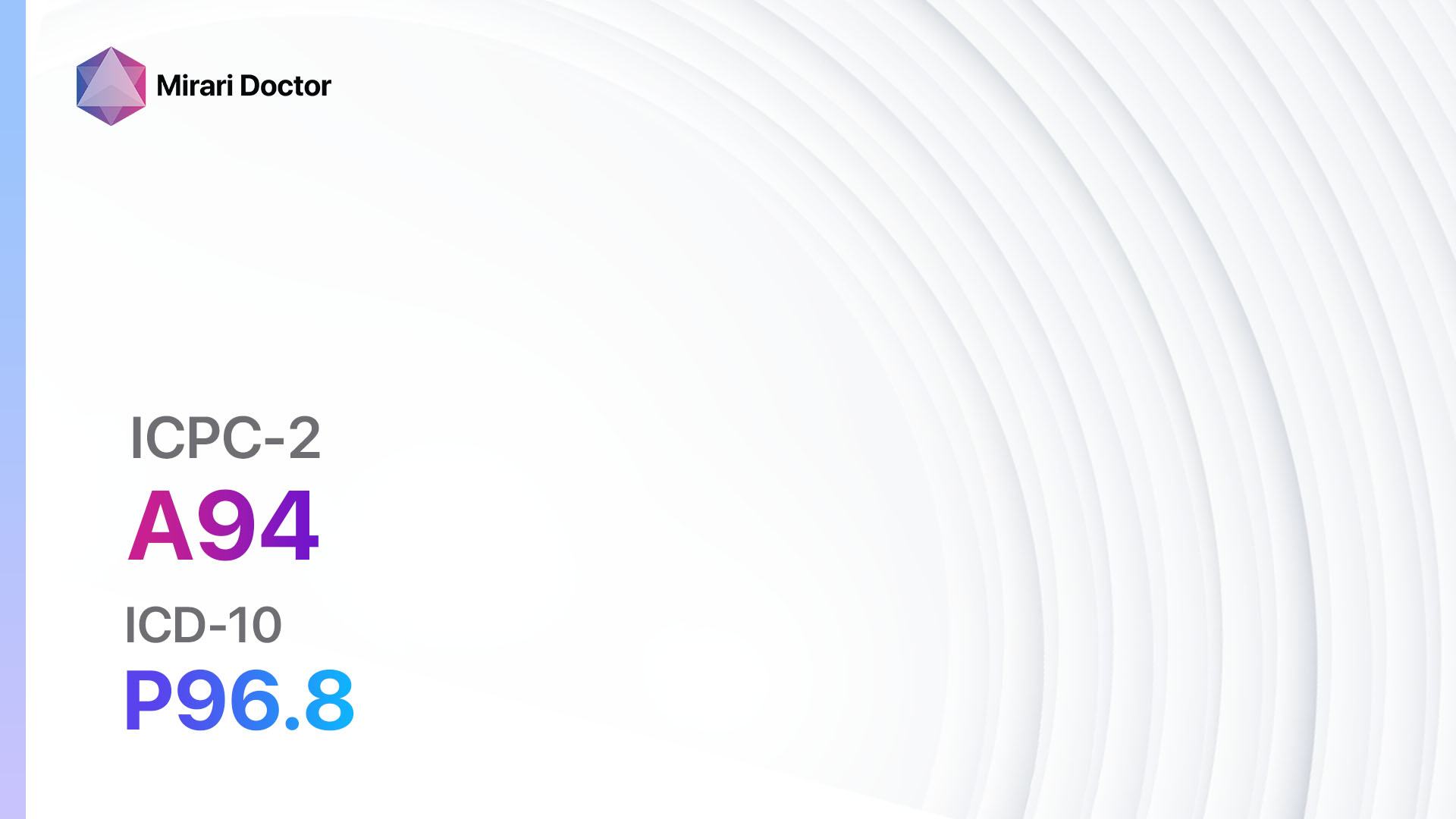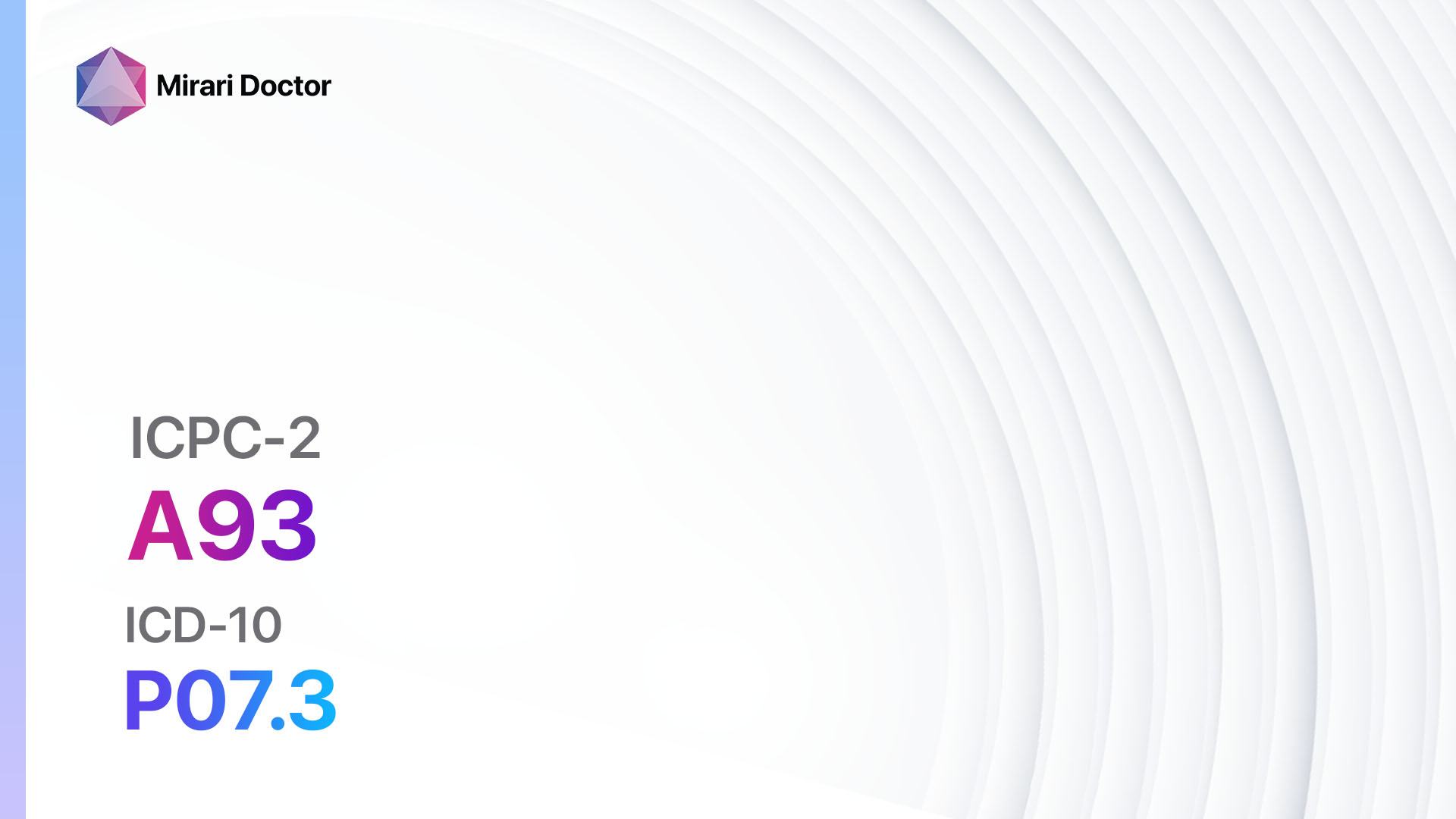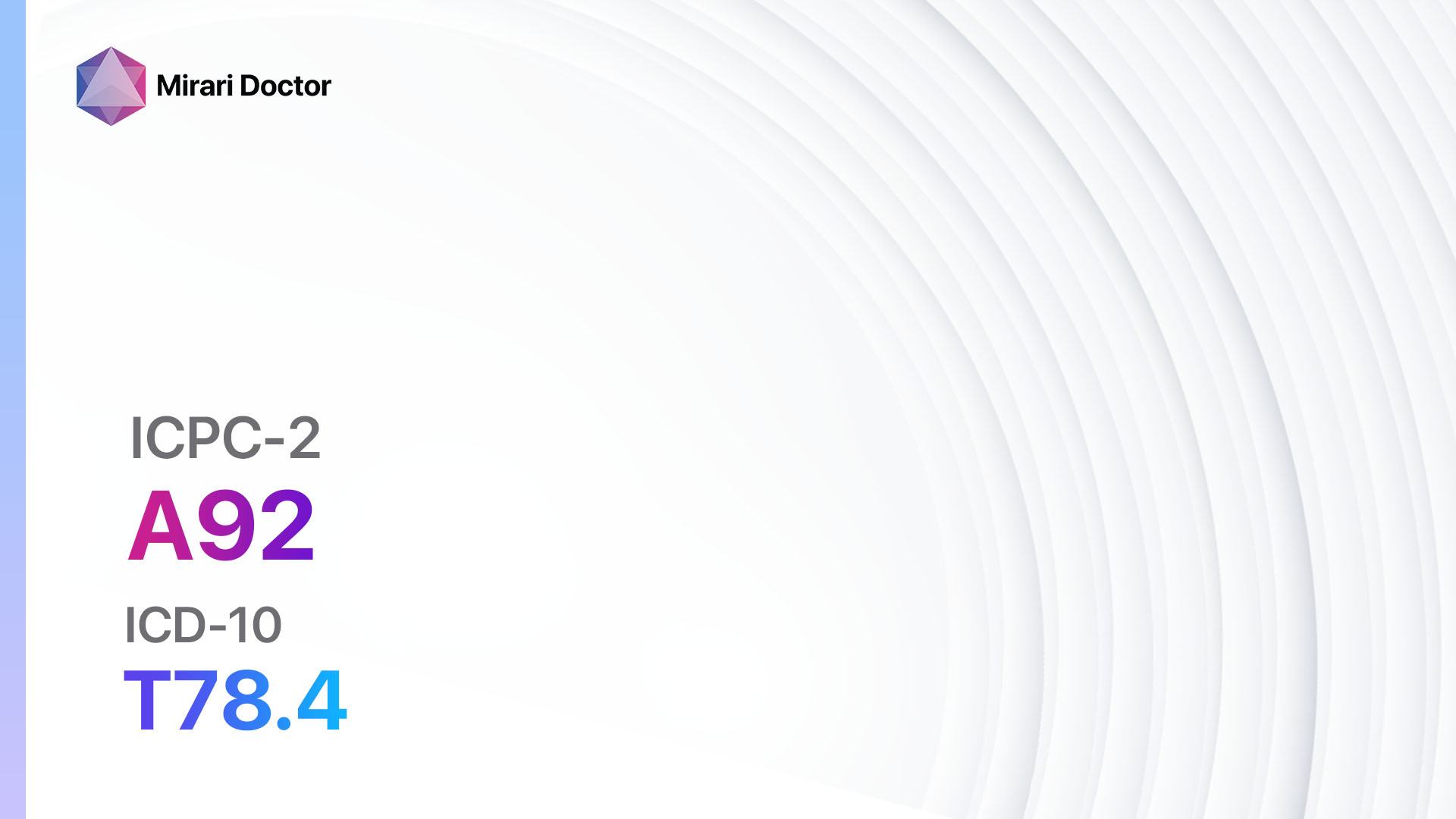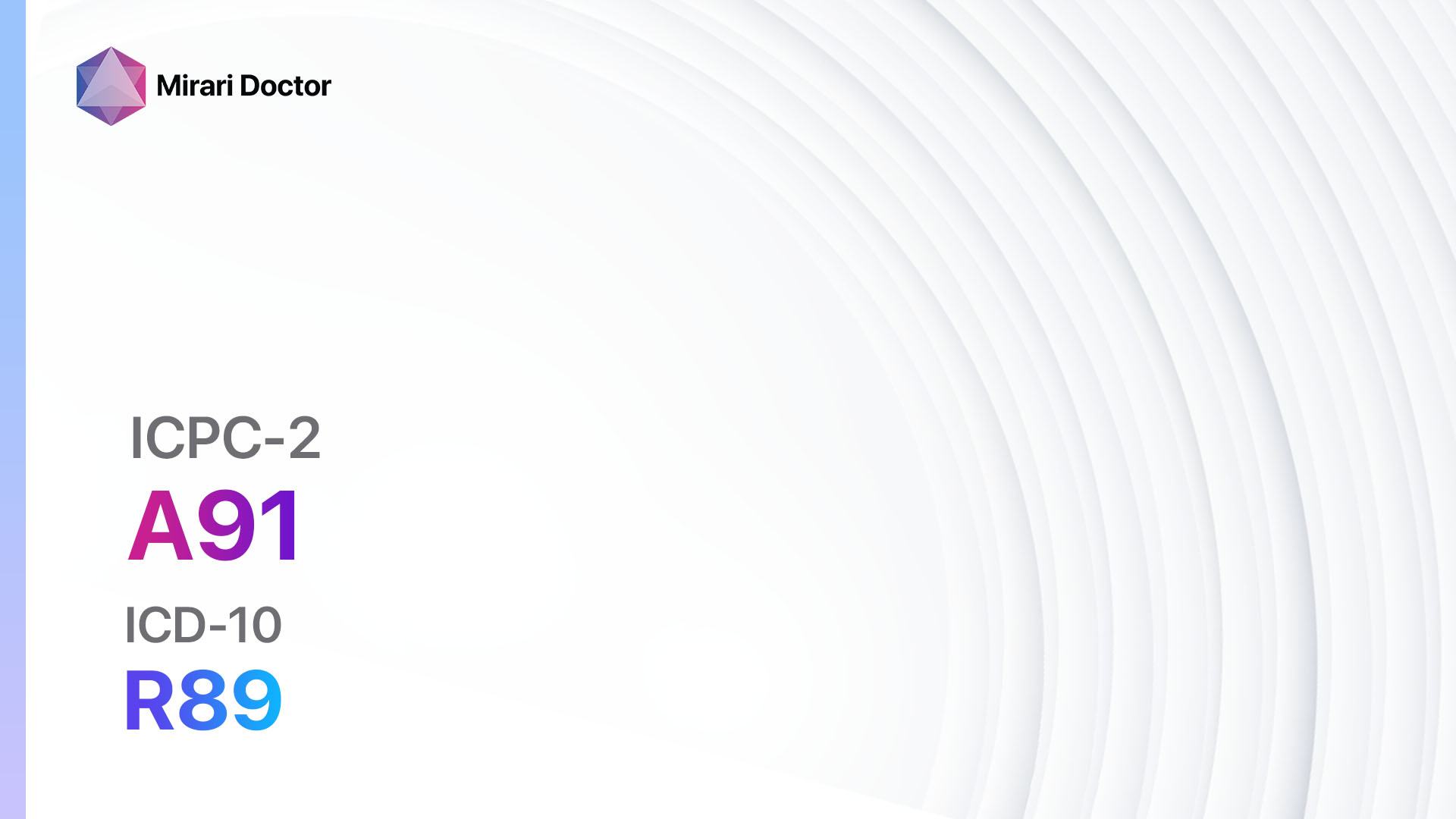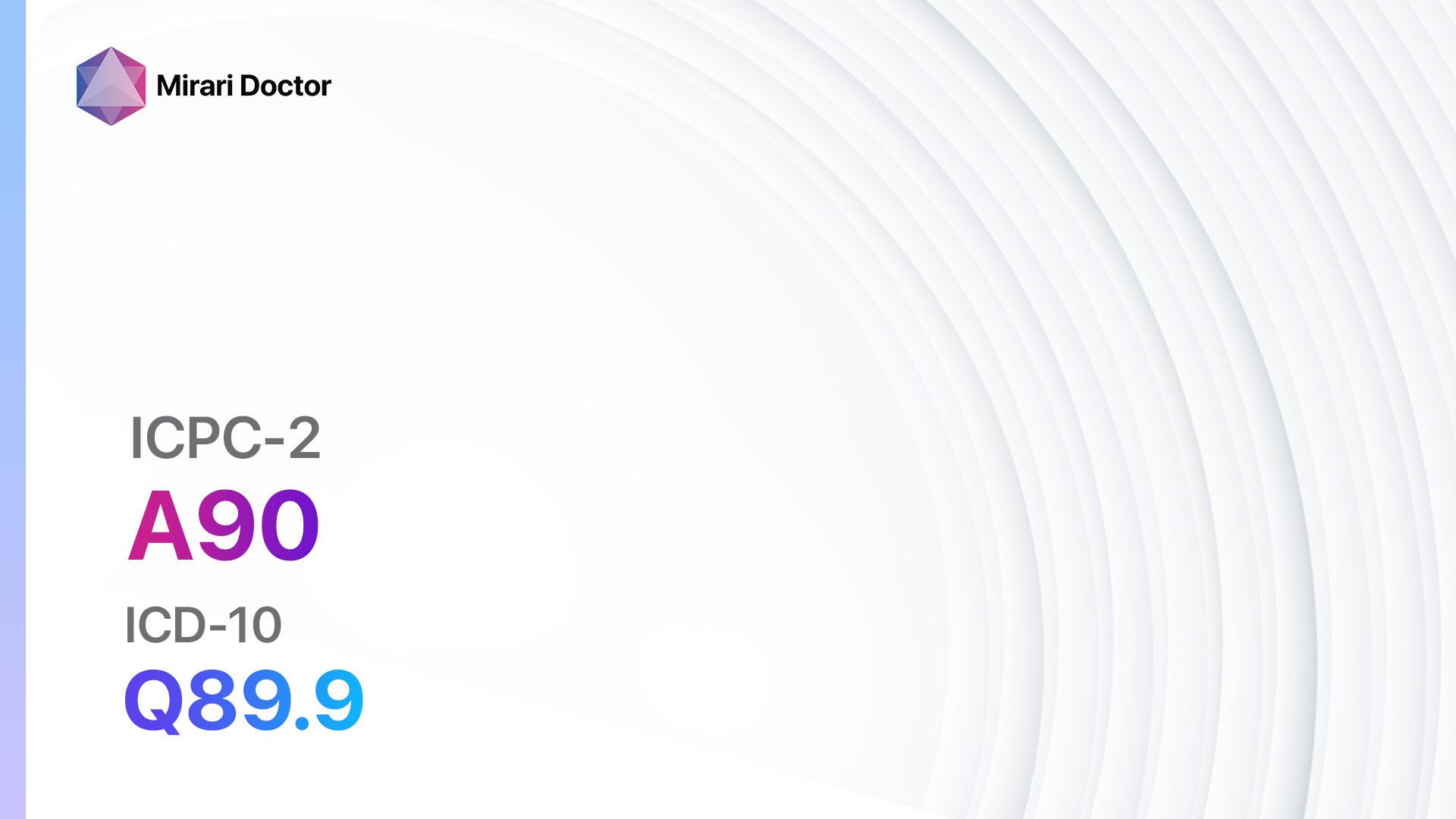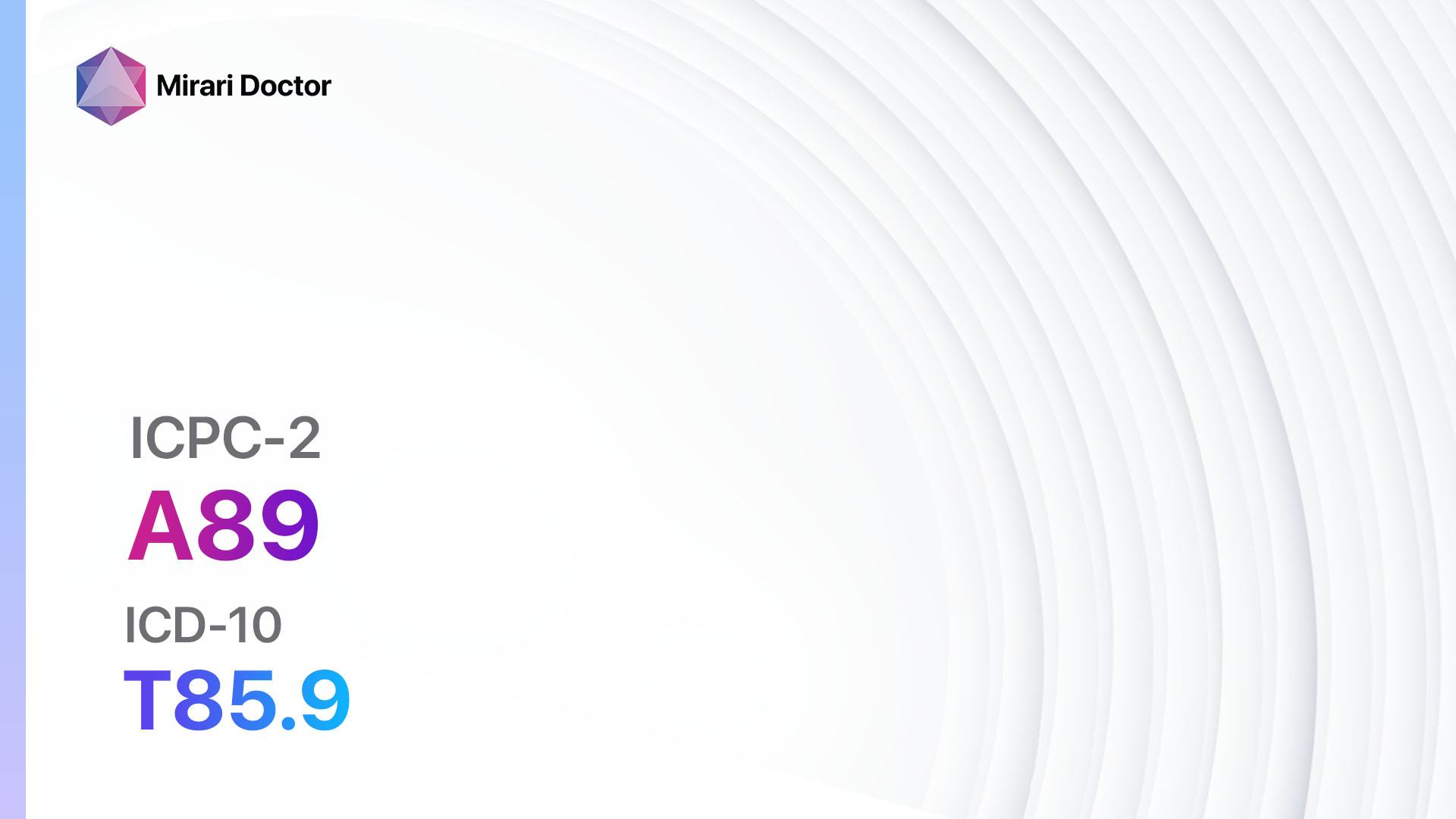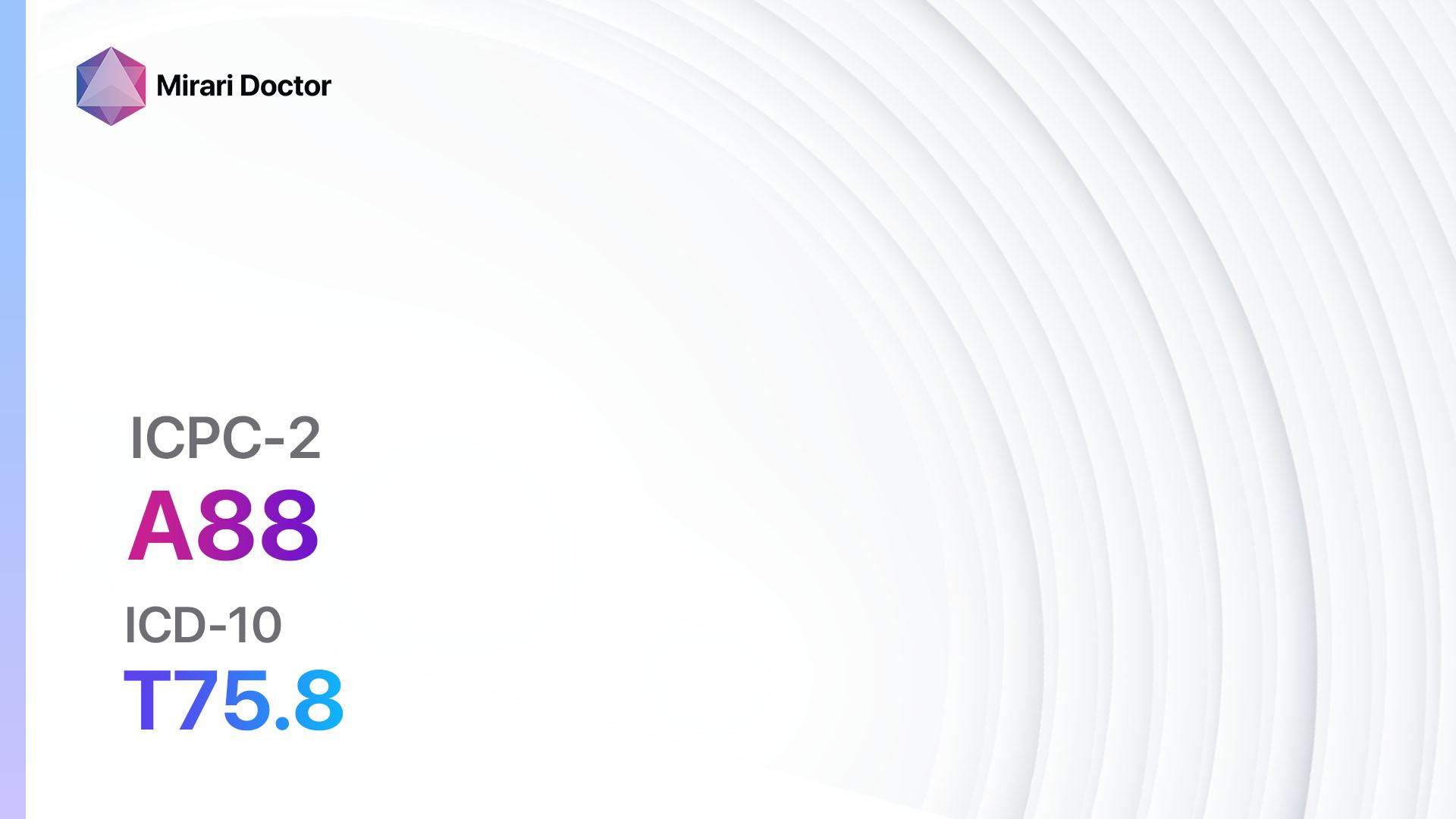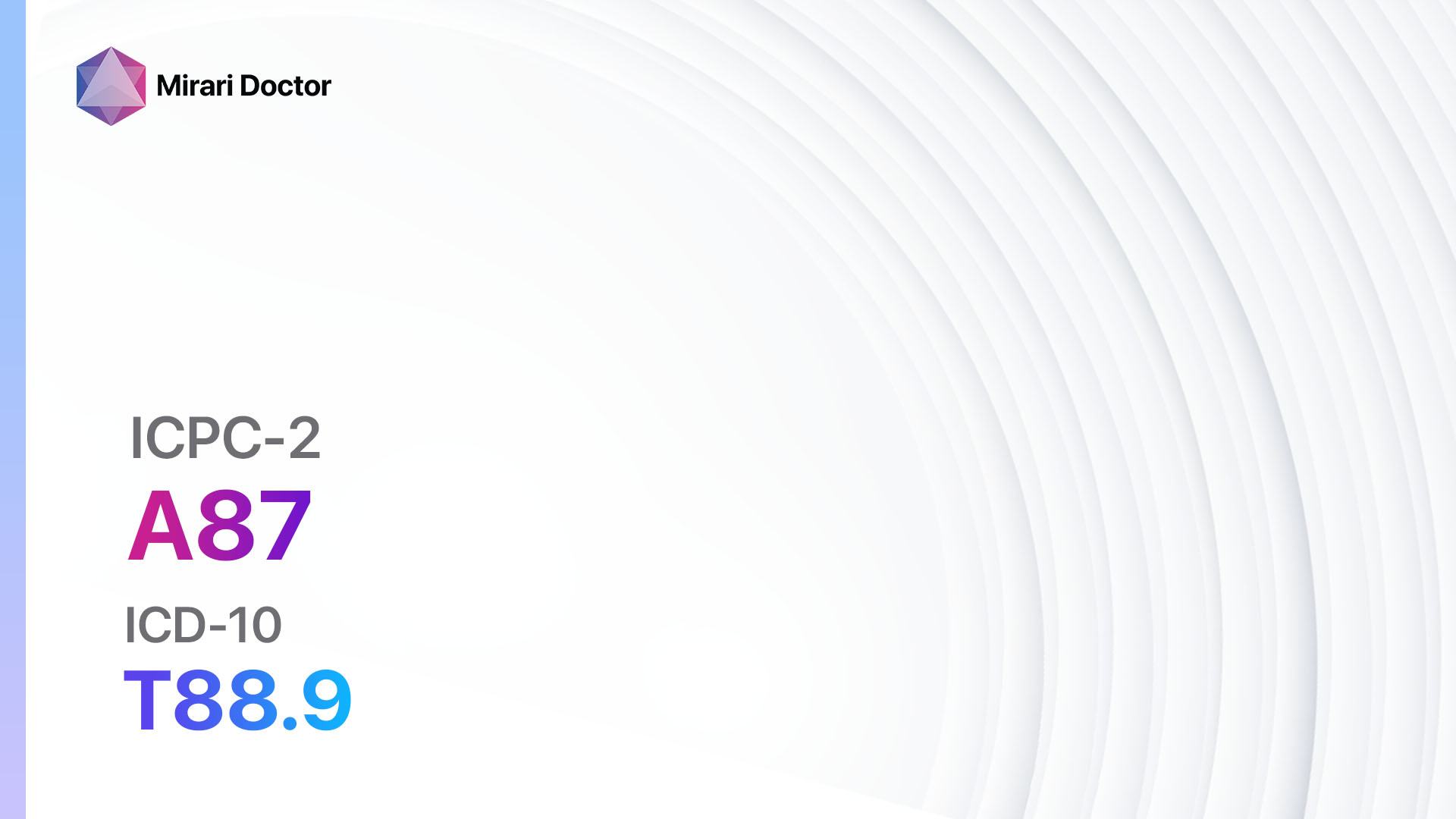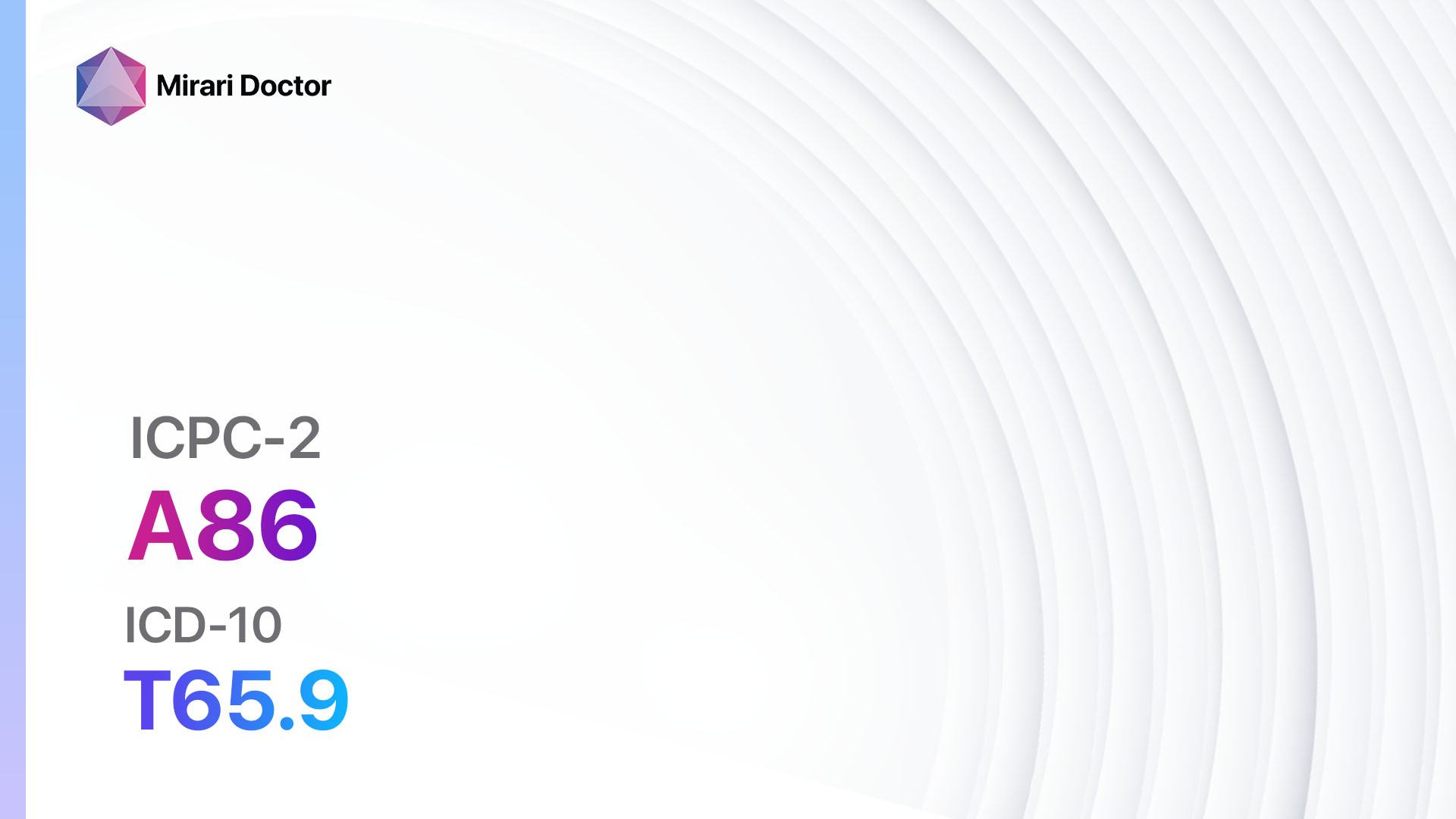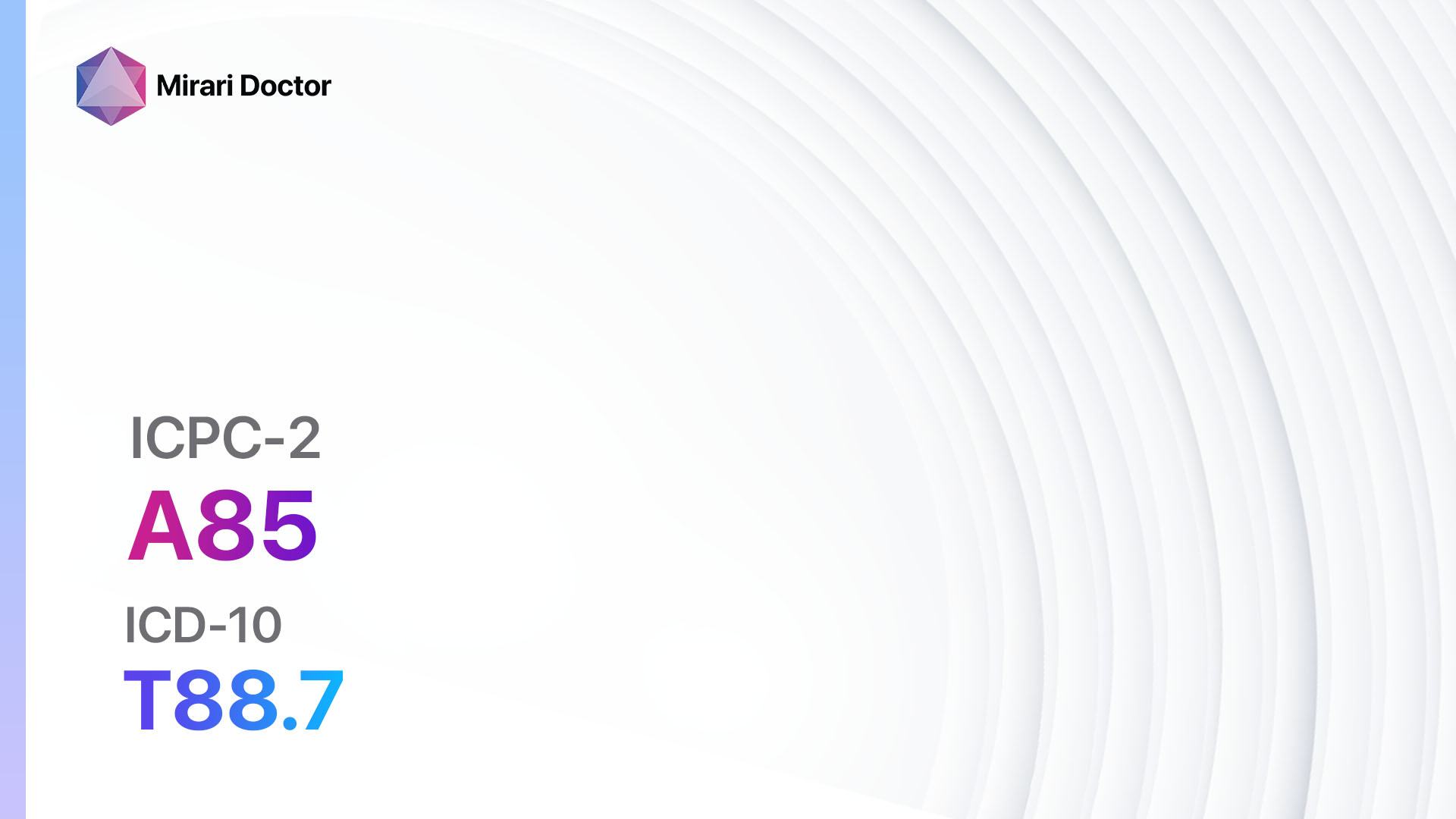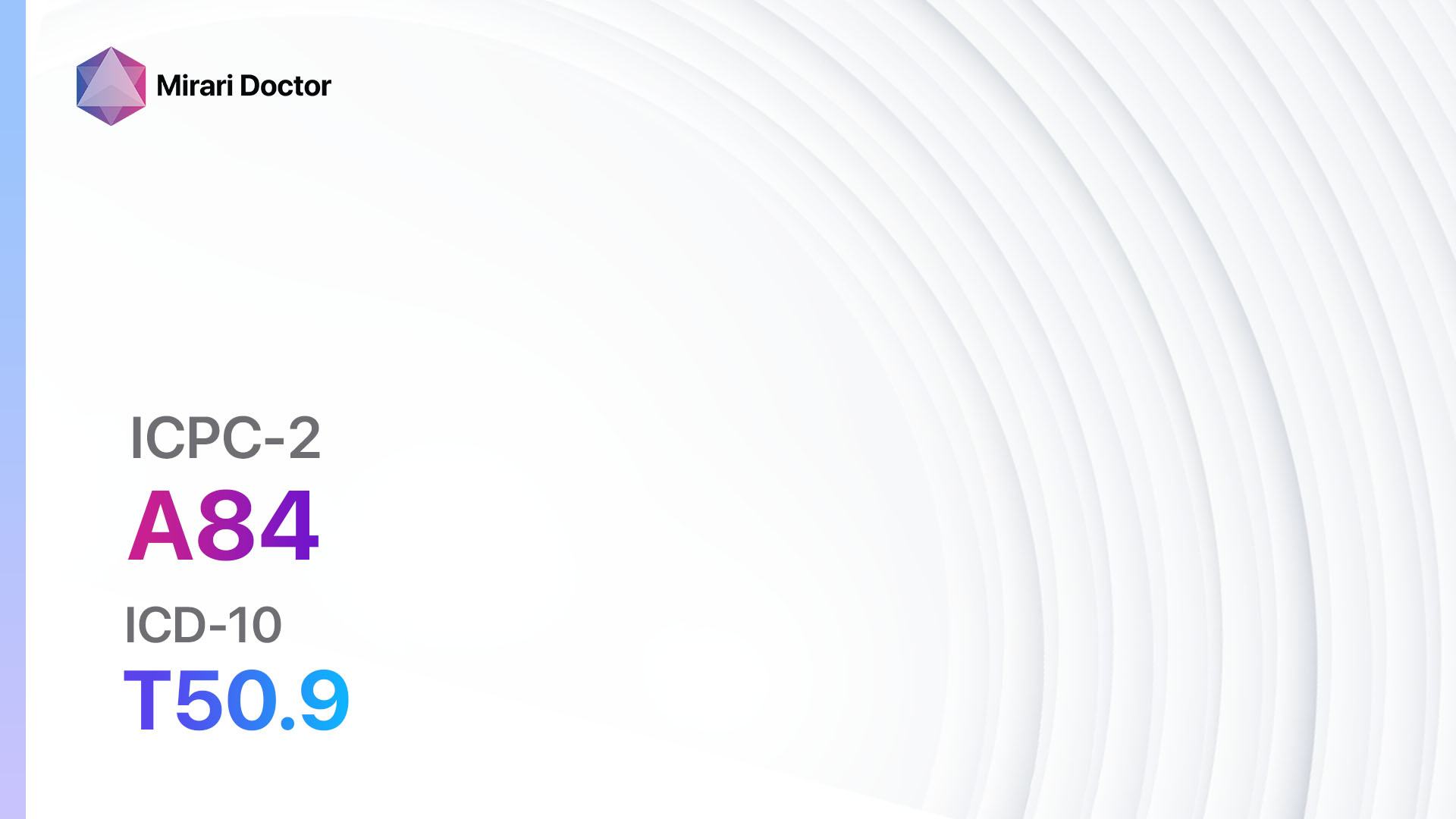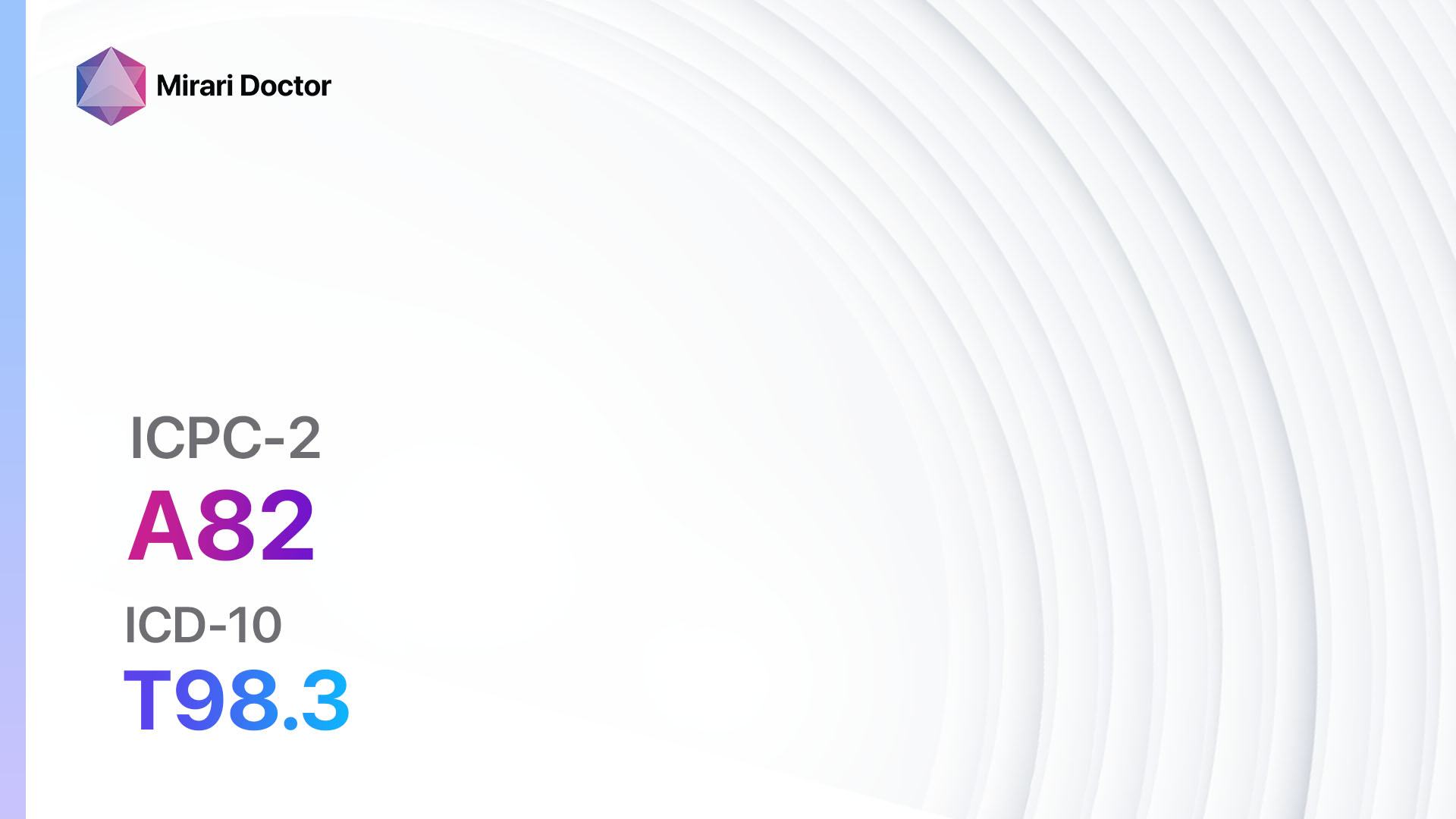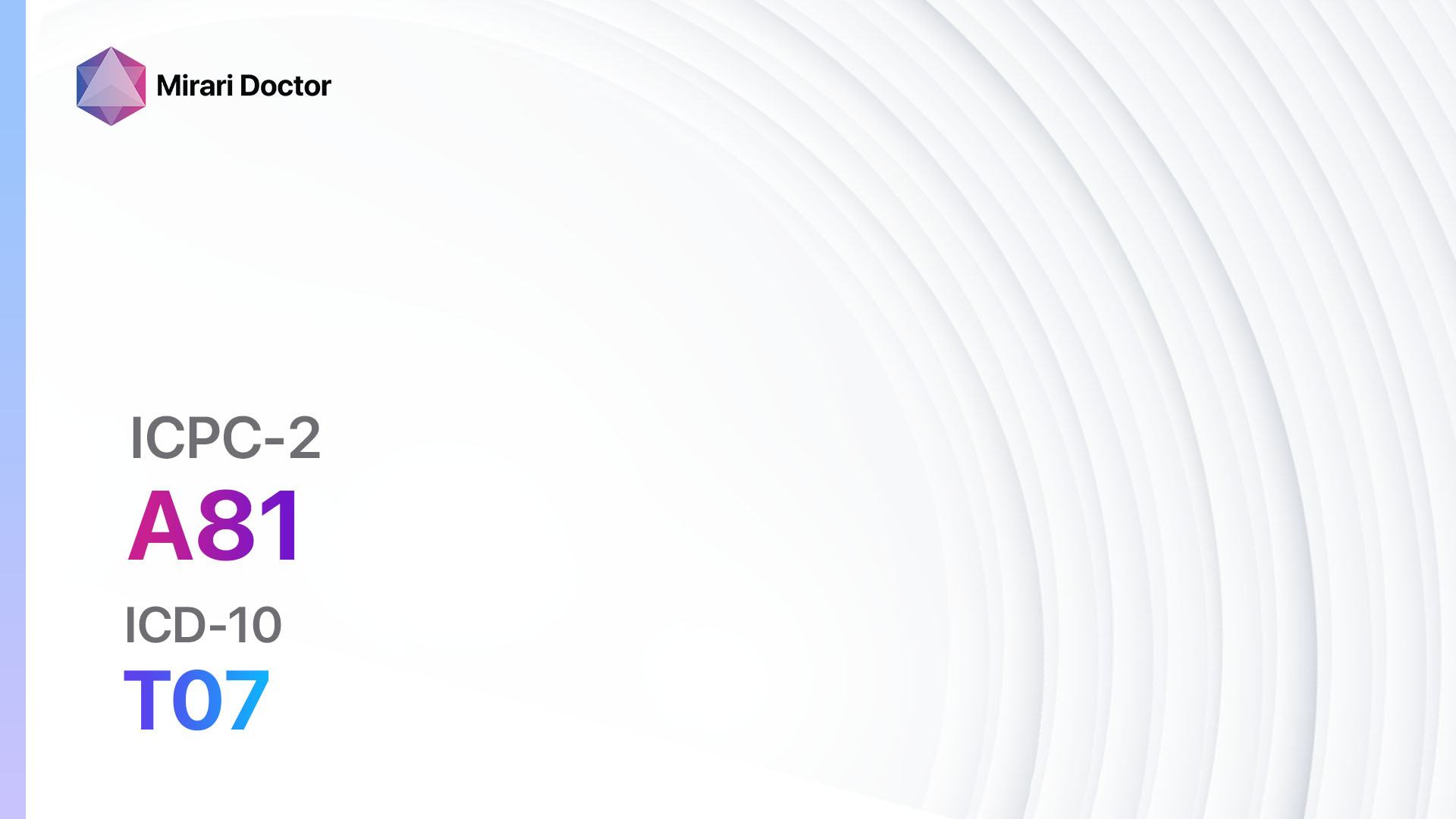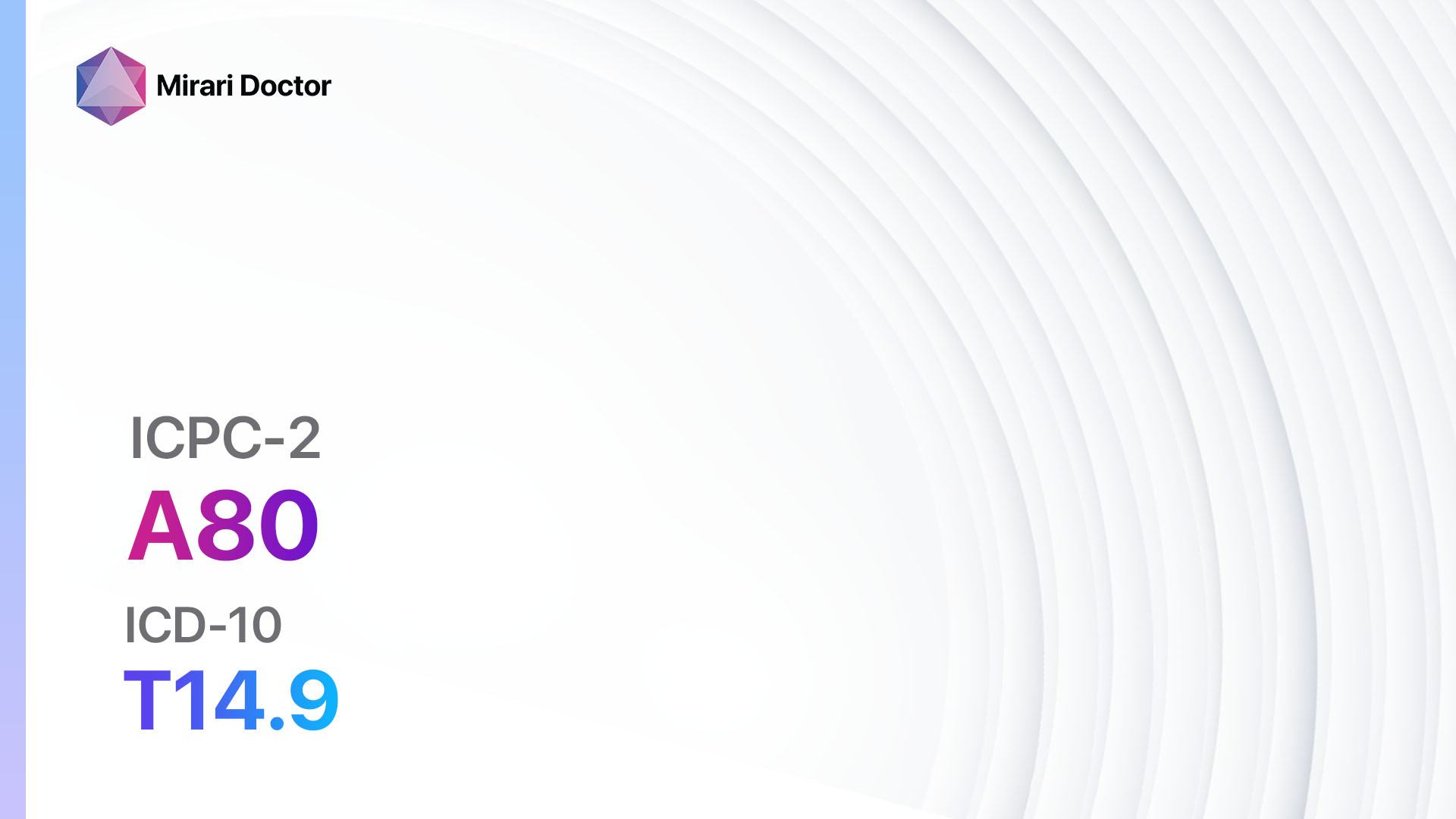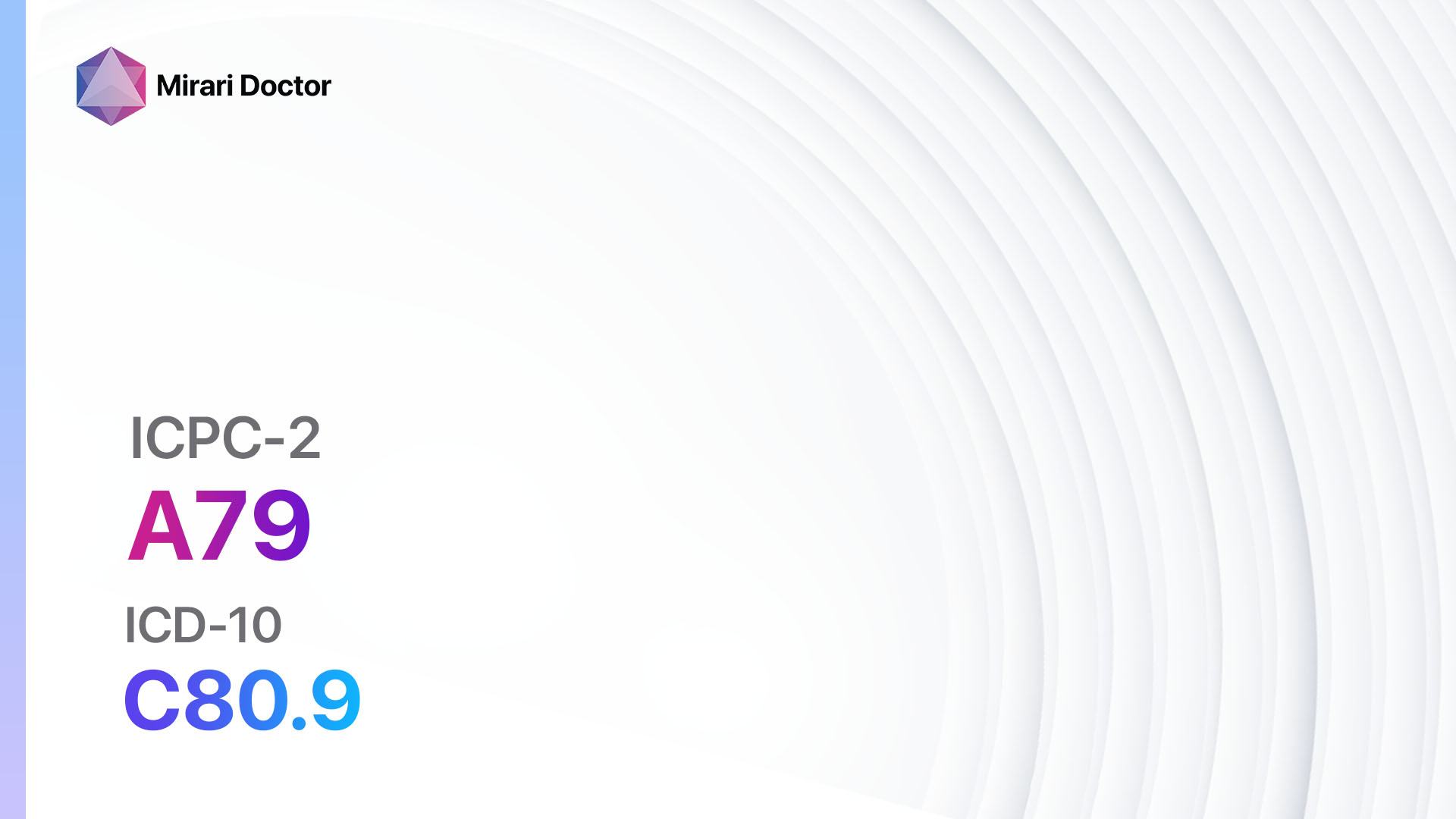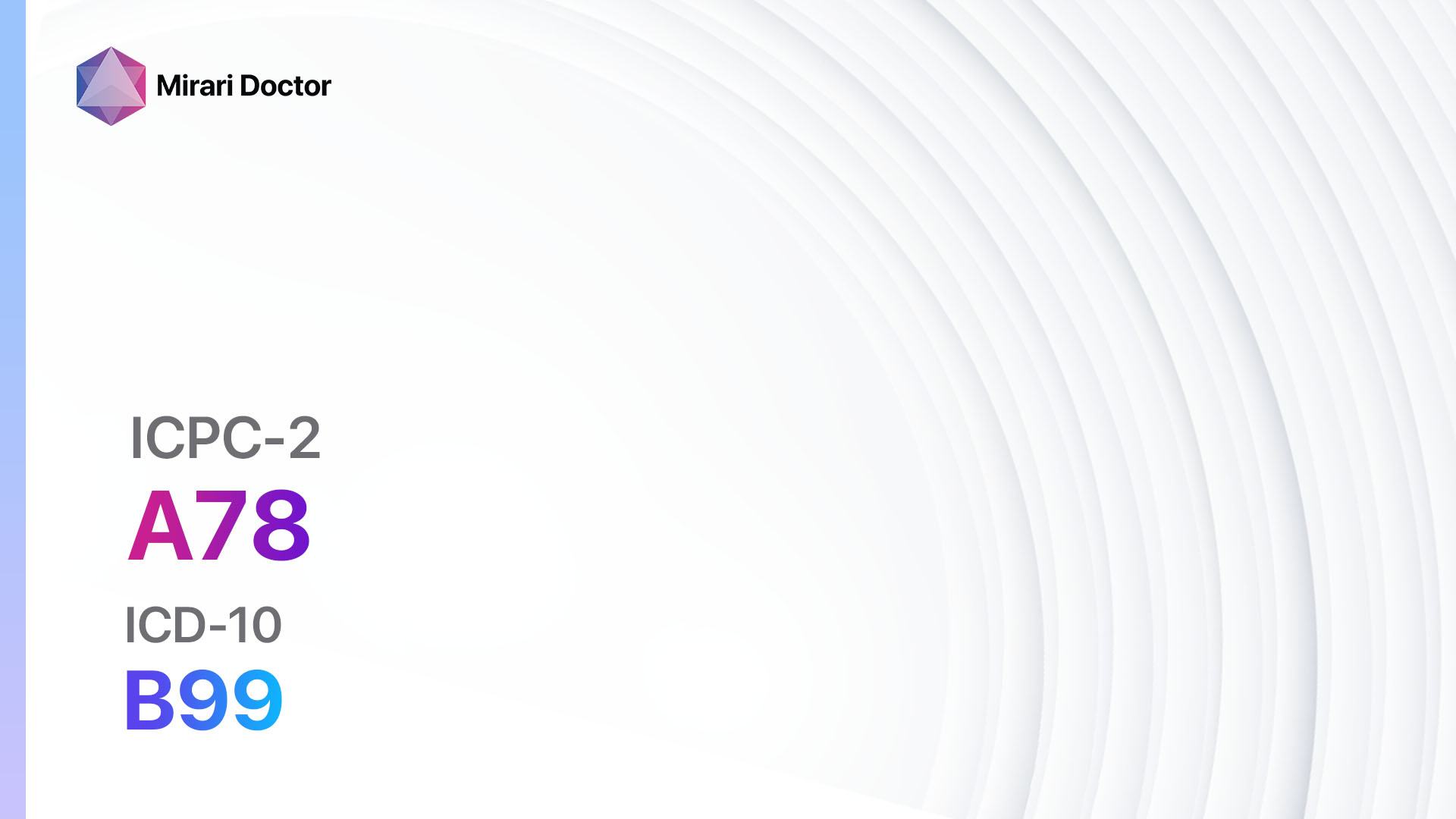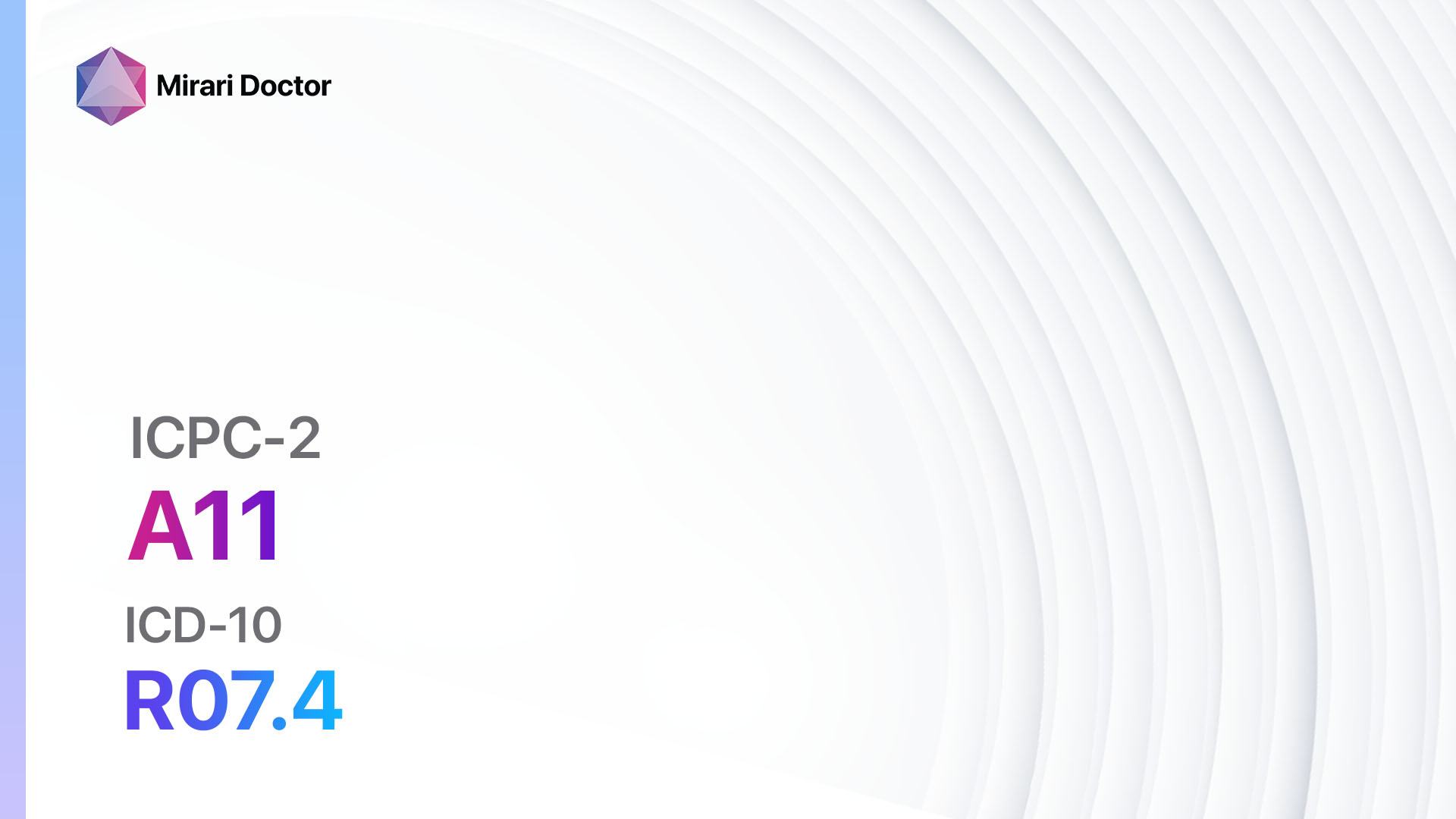
Introduction
Chest pain NOS (Not Otherwise Specified) refers to chest pain that does not have a specific cause identified. It is a common symptom that can be caused by various underlying conditions.[1] The aim of this guide is to provide a comprehensive overview of the possible interventions and lifestyle modifications for managing chest pain NOS.
Codes
Symptoms
- Chest discomfort or pain
- Pressure or squeezing sensation in the chest
- Shortness of breath
- Pain radiating to the arms, jaw, neck, or back
- Nausea or vomiting
- Sweating
- Fatigue[4][5]
Causes
- Gastroesophageal reflux disease (GERD)
- Anxiety or panic attacks
- Musculoskeletal conditions (e.g., costochondritis, muscle strain)
- Respiratory conditions (e.g., pneumonia, pleurisy)
- Cardiac conditions (e.g., angina, myocardial infarction)
- Other causes (e.g., gallbladder disease, esophageal spasm)[6][7][8][9][10]
Possible Interventions
Traditional Interventions
Medications:
Top 5 drugs for Chest pain NOS:
- Antacids (e.g., Maalox, Tums):
- Cost: $5-$15 for a bottle of 100 tablets.
- Contraindications: Allergy to antacids.
- Side effects: Constipation, diarrhea.
- Severe side effects: None reported.
- Drug interactions: None reported.
- Warning: Use as directed and do not exceed recommended dosage.
- Proton pump inhibitors (e.g., Omeprazole, Esomeprazole):
- Cost: $10-$30 for a month’s supply.
- Contraindications: Allergy to proton pump inhibitors.
- Side effects: Headache, nausea.
- Severe side effects: Rare, but may include severe allergic reactions.
- Drug interactions: Warfarin, clopidogrel.
- Warning: Long-term use may increase the risk of certain infections and nutrient deficiencies.
- Anxiolytics (e.g., Lorazepam, Alprazolam):
- Cost: $10-$30 for a month’s supply.
- Contraindications: Allergy to anxiolytics, history of substance abuse.
- Side effects: Drowsiness, dizziness.
- Severe side effects: Respiratory depression, dependence.
- Drug interactions: Alcohol, opioids.
- Warning: Use with caution and under medical supervision due to the risk of dependence.
- Muscle relaxants (e.g., Cyclobenzaprine, Methocarbamol):
- Cost: $10-$30 for a month’s supply.
- Contraindications: Allergy to muscle relaxants, history of glaucoma.
- Side effects: Drowsiness, dry mouth.
- Severe side effects: Rare, but may include severe allergic reactions.
- Drug interactions: Alcohol, opioids.
- Warning: Use with caution and avoid activities requiring mental alertness.
- Nitrates (e.g., Nitroglycerin):
- Cost: $10-$30 for a month’s supply.
- Contraindications: Allergy to nitrates, use of erectile dysfunction medications.
- Side effects: Headache, dizziness.
- Severe side effects: Severe drop in blood pressure.
- Drug interactions: Erectile dysfunction medications (e.g., sildenafil).
- Warning: Store nitroglycerin tablets in a cool, dark place and replace as needed.
Alternative Drugs:
- Selective serotonin reuptake inhibitors (e.g., Sertraline, Escitalopram): Used for chest pain associated with anxiety or depression.
- Nonsteroidal anti-inflammatory drugs (e.g., Ibuprofen, Naproxen): Used for chest pain associated with musculoskeletal conditions.
- Calcium channel blockers (e.g., Amlodipine, Diltiazem): Used for chest pain associated with vasospastic angina.
Surgical Procedures:
- Coronary angioplasty and stent placement: A catheter is used to open up narrowed coronary arteries and a stent is placed to keep the artery open. Cost: $15,000 to $50,000.
- Coronary artery bypass surgery (CABG): Redirects blood flow around blocked or narrowed coronary arteries using grafts. Cost: $70,000 to $200,000.
Alternative Interventions
- Acupuncture: May help reduce chest pain and promote relaxation. Cost: $60-$120 per session.
- Chiropractic care: Manipulative techniques may help relieve musculoskeletal chest pain. Cost: $30-$200 per session.
- Mind-body techniques (e.g., meditation, yoga): Can help reduce stress and anxiety associated with chest pain. Cost: Varies depending on the specific program or class.
- Herbal supplements (e.g., Hawthorn, Garlic): Some herbs may have potential benefits for improving cardiovascular health. Cost: Varies depending on the specific supplement.
- Breathing exercises: Deep breathing techniques can help promote relaxation and reduce chest pain. Cost: Free.
Lifestyle Interventions
- Smoking cessation: Quitting smoking can improve cardiovascular health and reduce chest pain.
- Cost: Varies depending on the method used (e.g., nicotine replacement therapy, medications, counseling).
- Regular exercise: Engaging in physical activity can improve cardiovascular fitness and reduce chest pain. Cost: Varies depending on the chosen activity (e.g., gym membership, equipment).
- Healthy diet: Following a balanced diet low in saturated fats and high in fruits, vegetables, and whole grains can improve cardiovascular health. Cost: Varies depending on food choices and dietary preferences.
- Stress management: Techniques such as relaxation exercises, counseling, or therapy can help reduce stress and chest pain. Cost: Varies depending on the chosen method (e.g., self-help books, therapy sessions).
- Weight management: Achieving and maintaining a healthy weight can reduce the strain on the heart and alleviate chest pain. Cost: Varies depending on the chosen weight loss method (e.g., diet programs, gym membership).
It is important to note that the cost ranges provided are approximate and may vary depending on the location and availability of the interventions. It is recommended to consult with a healthcare professional for personalized recommendations and cost estimates.
Mirari Cold Plasma Alternative Intervention
Understanding Mirari Cold Plasma
- Safe and Non-Invasive Treatment: Mirari Cold Plasma is a safe and non-invasive treatment option for various skin conditions. It does not require incisions, minimizing the risk of scarring, bleeding, or tissue damage.
- Efficient Extraction of Foreign Bodies: Mirari Cold Plasma facilitates the removal of foreign bodies from the skin by degrading and dissociating organic matter, allowing easier access and extraction.
- Pain Reduction and Comfort: Mirari Cold Plasma has a local analgesic effect, providing pain relief during the treatment, making it more comfortable for the patient.
- Reduced Risk of Infection: Mirari Cold Plasma has antimicrobial properties, effectively killing bacteria and reducing the risk of infection.
- Accelerated Healing and Minimal Scarring: Mirari Cold Plasma stimulates wound healing and tissue regeneration, reducing healing time and minimizing the formation of scars.
Mirari Cold Plasma Prescription
Video instructions for using Mirari Cold Plasma Device – A11 Chest pain NOS (ICD-10:R07.4)
| Mild | Moderate | Severe |
| Mode setting: 1 (Infection) Location: 0 (Localized) Morning: 15 minutes, Evening: 15 minutes |
Mode setting: 1 (Infection) Location: 0 (Localized) Morning: 30 minutes, Lunch: 30 minutes, Evening: 30 minutes |
Mode setting: 1 (Infection) Location: 0 (Localized) Morning: 30 minutes, Lunch: 30 minutes, Evening: 30 minutes |
| Mode setting: 2 (Wound Healing) Location: 0 (Localized) Morning: 15 minutes, Evening: 15 minutes |
Mode setting: 2 (Wound Healing) Location: 0 (Localized) Morning: 30 minutes, Lunch: 30 minutes, Evening: 30 minutes |
Mode setting: 2 (Wound Healing) Location: 0 (Localized) Morning: 30 minutes, Lunch: 30 minutes, Evening: 30 minutes |
| Mode setting: 7 (Immunotherapy) Location: 1 (Sacrum) Morning: 15 minutes, Evening: 15 minutes |
Mode setting: 7 (Immunotherapy) Location: 1 (Sacrum) Morning: 30 minutes, Lunch: 30 minutes, Evening: 30 minutes |
Mode setting: 7 (Immunotherapy) Location: 1 (Sacrum) Morning: 30 minutes, Lunch: 30 minutes, Evening: 30 minutes |
| Total Morning: 45 minutes approx. $7.50 USD, Evening: 45 minutes approx. $7.50 USD |
Total Morning: 90 minutes approx. $15 USD, Lunch: 90 minutes approx. $15 USD, Evening: 90 minutes approx. $15 USD, |
Total Morning: 90 minutes approx. $15 USD, Lunch: 90 minutes approx. $15 USD, Evening: 90 minutes approx. $15 USD, |
| Usual treatment for 7-60 days approx. $105 USD – $900 USD | Usual treatment for 6-8 weeks approx. $1,890 USD – $2,520 USD |
Usual treatment for 3-6 months approx. $4,050 USD – $8,100 USD
|
 |
|
Use the Mirari Cold Plasma device to treat Chest pain NOS effectively.
WARNING: MIRARI COLD PLASMA IS DESIGNED FOR THE HUMAN BODY WITHOUT ANY ARTIFICIAL OR THIRD PARTY PRODUCTS. USE OF OTHER PRODUCTS IN COMBINATION WITH MIRARI COLD PLASMA MAY CAUSE UNPREDICTABLE EFFECTS, HARM OR INJURY. PLEASE CONSULT A MEDICAL PROFESSIONAL BEFORE COMBINING ANY OTHER PRODUCTS WITH USE OF MIRARI.
Step 1: Cleanse the Skin
- Start by cleaning the affected area of the skin with a gentle cleanser or mild soap and water. Gently pat the area dry with a clean towel.
Step 2: Prepare the Mirari Cold Plasma device
- Ensure that the Mirari Cold Plasma device is fully charged or has fresh batteries as per the manufacturer’s instructions. Make sure the device is clean and in good working condition.
- Switch on the Mirari device using the power button or by following the specific instructions provided with the device.
- Some Mirari devices may have adjustable settings for intensity or treatment duration. Follow the manufacturer’s instructions to select the appropriate settings based on your needs and the recommended guidelines.
Step 3: Apply the Device
- Place the Mirari device in direct contact with the affected area of the skin. Gently glide or hold the device over the skin surface, ensuring even coverage of the area experiencing.
- Slowly move the Mirari device in a circular motion or follow a specific pattern as indicated in the user manual. This helps ensure thorough treatment coverage.
Step 4: Monitor and Assess:
- Keep track of your progress and evaluate the effectiveness of the Mirari device in managing your Chest pain NOS. If you have any concerns or notice any adverse reactions, consult with your health care professional.
Note
This guide is for informational purposes only and should not replace the advice of a medical professional. Always consult with your healthcare provider or a qualified medical professional for personal advice, diagnosis, or treatment. Do not solely rely on the information presented here for decisions about your health. Use of this information is at your own risk. The authors of this guide, nor any associated entities or platforms, are not responsible for any potential adverse effects or outcomes based on the content.
Mirari Cold Plasma System Disclaimer
- Purpose: The Mirari Cold Plasma System is a Class 2 medical device designed for use by trained healthcare professionals. It is registered for use in Thailand and Vietnam. It is not intended for use outside of these locations.
- Informational Use: The content and information provided with the device are for educational and informational purposes only. They are not a substitute for professional medical advice or care.
- Variable Outcomes: While the device is approved for specific uses, individual outcomes can differ. We do not assert or guarantee specific medical outcomes.
- Consultation: Prior to utilizing the device or making decisions based on its content, it is essential to consult with a Certified Mirari Tele-Therapist and your medical healthcare provider regarding specific protocols.
- Liability: By using this device, users are acknowledging and accepting all potential risks. Neither the manufacturer nor the distributor will be held accountable for any adverse reactions, injuries, or damages stemming from its use.
- Geographical Availability: This device has received approval for designated purposes by the Thai and Vietnam FDA. As of now, outside of Thailand and Vietnam, the Mirari Cold Plasma System is not available for purchase or use.
References
- Campbell, K.A.; Madva, E.N.; Villegas, A.C.; Beale, E.E.; Beach, S.R.; Wasfy, J.H.; Albanese, A.M.; Huffman, J.C. Non-Cardiac Chest Pain: A Review for the Consultation-Liaison Psychiatrist. Psychosomatics 2017, 58, 252–265.
- ICPC-2 Code: A11 Chest pain NOS – RxReasoner. Available online: https://www.rxreasoner.com/icpc2codes/A11 (accessed on 3 July 2024).
- ICD-10 code: R07.4 Chest pain, unspecified – gesund.bund.de. Available online: https://gesund.bund.de/en/icd-code-search/r07-4 (accessed on 3 July 2024).
- Chest Pain: Causes, Diagnosis, and Treatment – Healthline. Available online: https://www.healthline.com/health/chest-pain (accessed on 3 July 2024).
- Chest pain – Symptoms and causes – Mayo Clinic. Available online: https://www.mayoclinic.org/diseases-conditions/chest-pain/symptoms-causes/syc-20370838 (accessed on 3 July 2024).
- Causes of Chest Pain & Tightness – WebMD. Available online: https://www.webmd.com/pain-management/whats-causing-my-chest-pain (accessed on 3 July 2024).
- 5 Causes of Chest Pain Unrelated to the Heart | The Harley Street. Available online: https://www.harleystreet.sg/blog/5-causes-of-chest-pain-unrelated-to-heart/ (accessed on 3 July 2024).
- Chest pain – Wikipedia. Available online: https://en.wikipedia.org/wiki/Chest_pain (accessed on 3 July 2024).
- Chest pain: 27 causes, symptoms, and when to see a doctor. Available online: https://www.medicalnewstoday.com/articles/321650 (accessed on 3 July 2024).
- Noncardiac Chest Pain: Symptoms, Causes and Treatments. Available online: https://my.clevelandclinic.org/health/diseases/15851-gerd-non-cardiac-chest-pain (accessed on 3 July 2024).
Related articles
Made in USA


